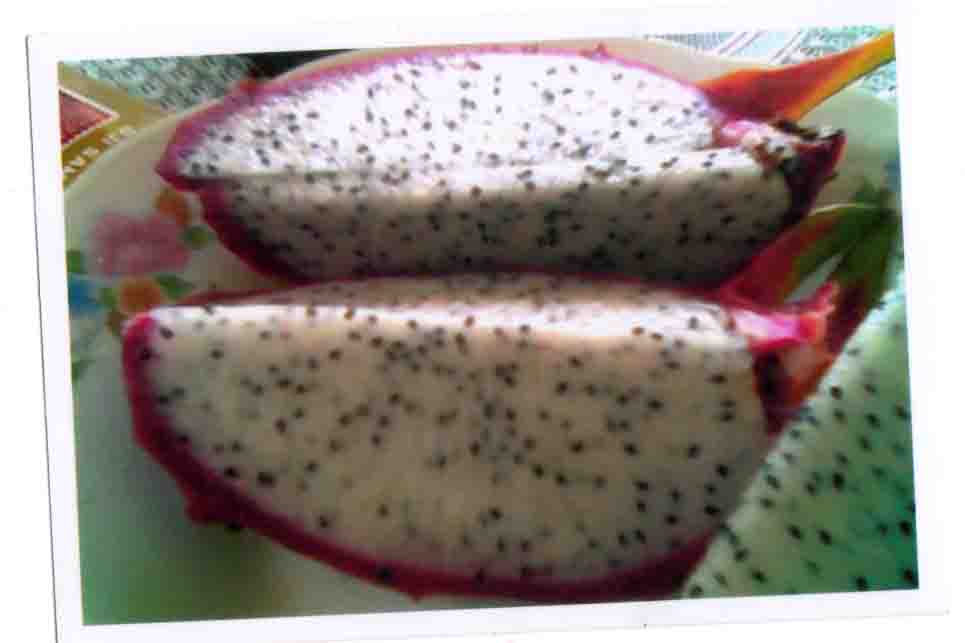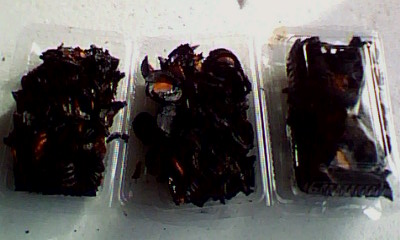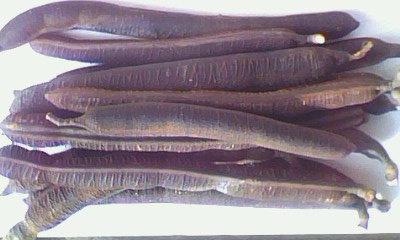 |
| Bogor/subang/ pineaples fruits |
Saturday, July 28, 2012
Mangoes catalogue
Mangoes Catalog
Kind of Mangoes
Mangoes Pansari
- Back to Fresh Fruits
- Back to Wild Fruits
- Back to Planting Fruits
- Back to Dried Fruits
- Back to Gift Fruits
- Back to Food Fruits
- Back to All Exotic Fruits
- Back to Home

Friday, July 27, 2012
Monday, July 23, 2012
Contack
Email :
01.cholil2001@yahoo.com
02.cholilwawan@gmail.com
Mobile + 6281558101944 by SMS ONLY
Flexi +6285104625317
Back to Natural Fruits

01.cholil2001@yahoo.com
02.cholilwawan@gmail.com
Mobile + 6281558101944 by SMS ONLY
Flexi +6285104625317
- Back to Fresh Fruits
- Back to Wild Fruits
- Back to Planting Fruits
- Back to Dried Fruits
- Back to Gift Fruits
- Back to Food Fruits
- Back to All Exotic Fruits
- Back to Home

Sunday, July 22, 2012
Abaut Wani
About Wani
Wani Fruit
Fruit wani (Kemang)
Fruit wani / Kemang (Mangifera kemanga) is a rare plant that began in Indonesia. In fact, the tree that has fruit Kemang be pierced with a typical smell of sour sweet taste has also been designated as a floral identity Bogor regency, West Java. Unfortunately, this fruit-producing plants from the rare and hard to find.
Kemang is increasingly rare plants are often regarded as the same species with Binjai, but some experts separate the different types. Flora ID Bogor regency has a name Indonesia, Kemang. In East Kalimantan region is often referred to as Palong while based on scientific name, is named Kemang is synonymous with kemanga Mangifera Mangifera caesia Mangifera polycarpa and.
The characteristics of Kemang.
Kemang tree capable of reaching 45 m tall with stem diameters up to 120 cm. This rare plant canopies shaped like a dome with ramifications that are not too tight. Kemang bark contains a sap that can cause irritation.
Kemang leaves elliptic to lanceolate. Its leaves are often gathered at the ends of branches. Petiole rather sit (very short-stemmed) on twigs. Edge of a rare plant leaves is seen narrowing around the base of the leaves.
Inflorescence panicles at the ends of branches. Interest Kemang (Mangifera kemanga) pale pink and aromatic. Kemang fruit, inverted oval to oval fruit with thin skin and dark yellow-brown when ripe. Kemang flesh whitish, soft, watery and fibrous. Kemang is very distinctive fruit flavors and crisp while the fruit flavors from sour to sweet. Kemang seeds oblong to lanceolate.
Kemang tree flowering season starts in October through December. Was fruiting season occurs during the rainy season is from November to March.
Scientific classification:
Kingdom: Plantae;
Phylum: Magnoliophyta;
Class: Magnoliopsida;
Order: Sapindales;
Family: Anacardiaceae;
Genus: Mangifera;
Species: Mangifera kemanga;
Synonyms: polycarpa Mangifera, Mangifera caesia.
Binomial name Mangifera kemanga (Blume, 1850).
Habitat, Distribution, and Cultivation.
Kemang trees generally grow in lowland wet tropical areas below an altitude of 400 m above sea level. But can also be found up to an altitude of 800 m above sea level. This rare fruit crops requires the equitable distribution of rainfall throughout the year and grows well on the edge of the river that are periodically flooded.
Kemang rare tree is spread naturally in the Malay Peninsula, Sumatra, Borneo, and especially the western part of Java. In Bogor District, this plant is widely cultivated, so no wonder then that by Regent Decree No. 522/185/kpts/Huk/1996, Kemang district designated as a floral identity Bogor. That said, the name of Kemang in Jakarta area also stems from the many encountered this plant in the area in the past.
Kemang is usually planted in the garden and in gardens and on the fringe / along the river. Kemang plant propagation is not too difficult, generally by way of mengecambahkan seeds. But it is also possible by way of graft.
Utilization.
Kemang widely used to eat fresh fruit when the fruit was ripe. Rare fruit is also used in a mixture of fruit or ice is used also as a syrup (juice).
The young fruit is often used as a salad ingredient. Kemang fruit seeds are also often eaten with sliced thin and then add the soy sauce and spiced. Kemang while the young leaves are often found used by the Sundanese as fresh vegetables.
Fruit wani (Kemang)
Fruit wani / Kemang (Mangifera kemanga) is a rare plant that began in Indonesia. In fact, the tree that has fruit Kemang be pierced with a typical smell of sour sweet taste has also been designated as a floral identity Bogor regency, West Java. Unfortunately, this fruit-producing plants from the rare and hard to find.
Kemang is increasingly rare plants are often regarded as the same species with Binjai, but some experts separate the different types. Flora ID Bogor regency has a name Indonesia, Kemang. In East Kalimantan region is often referred to as Palong while based on scientific name, is named Kemang is synonymous with kemanga Mangifera Mangifera caesia Mangifera polycarpa and.
The characteristics of Kemang.
Kemang tree capable of reaching 45 m tall with stem diameters up to 120 cm. This rare plant canopies shaped like a dome with ramifications that are not too tight. Kemang bark contains a sap that can cause irritation.
Kemang leaves elliptic to lanceolate. Its leaves are often gathered at the ends of branches. Petiole rather sit (very short-stemmed) on twigs. Edge of a rare plant leaves is seen narrowing around the base of the leaves.
Inflorescence panicles at the ends of branches. Interest Kemang (Mangifera kemanga) pale pink and aromatic. Kemang fruit, inverted oval to oval fruit with thin skin and dark yellow-brown when ripe. Kemang flesh whitish, soft, watery and fibrous. Kemang is very distinctive fruit flavors and crisp while the fruit flavors from sour to sweet. Kemang seeds oblong to lanceolate.
Kemang tree flowering season starts in October through December. Was fruiting season occurs during the rainy season is from November to March.
Scientific classification:
Kingdom: Plantae;
Phylum: Magnoliophyta;
Class: Magnoliopsida;
Order: Sapindales;
Family: Anacardiaceae;
Genus: Mangifera;
Species: Mangifera kemanga;
Synonyms: polycarpa Mangifera, Mangifera caesia.
Binomial name Mangifera kemanga (Blume, 1850).
Habitat, Distribution, and Cultivation.
Kemang trees generally grow in lowland wet tropical areas below an altitude of 400 m above sea level. But can also be found up to an altitude of 800 m above sea level. This rare fruit crops requires the equitable distribution of rainfall throughout the year and grows well on the edge of the river that are periodically flooded.
Kemang rare tree is spread naturally in the Malay Peninsula, Sumatra, Borneo, and especially the western part of Java. In Bogor District, this plant is widely cultivated, so no wonder then that by Regent Decree No. 522/185/kpts/Huk/1996, Kemang district designated as a floral identity Bogor. That said, the name of Kemang in Jakarta area also stems from the many encountered this plant in the area in the past.
Kemang is usually planted in the garden and in gardens and on the fringe / along the river. Kemang plant propagation is not too difficult, generally by way of mengecambahkan seeds. But it is also possible by way of graft.
Utilization.
Kemang widely used to eat fresh fruit when the fruit was ripe. Rare fruit is also used in a mixture of fruit or ice is used also as a syrup (juice).
The young fruit is often used as a salad ingredient. Kemang fruit seeds are also often eaten with sliced thin and then add the soy sauce and spiced. Kemang while the young leaves are often found used by the Sundanese as fresh vegetables.
- Back to Fresh Fruits
- Back to Wild Fruits
- Back to Planting Fruits
- Back to Dried Fruits
- Back to Gift Fruits
- Back to Food Fruits
- Back to All Exotic Fruits
- Back to Home

Catalogues-wani mangoes bali
Wani
| Wani ( Mangoes Bali ) look whole |
| Wani fruits ripe with opened skin |
m
| Wani fruits ripe |
 |
| Wani fruits twin side |
 | ||
| Wani fruits like to export natural and wild grown make natural health |
 |
| Best Quality Natural wani fruits prepare to export to Europa |
- Back to Fresh Fruits
- Back to Wild Fruits
- Back to Planting Fruits
- Back to Dried Fruits
- Back to Gift Fruits
- Back to Food Fruits
- Back to All Exotic Fruits
- Back to Home
- Back to Fresh Fruits
- Back to Wild Fruits
- Back to Planting Fruits
- Back to Dried Fruits
- Back to Gift Fruits
- Back to Food Fruits
- Back to All Exotic Fruits
- Back to Home

Subscribe to:
Comments (Atom)









